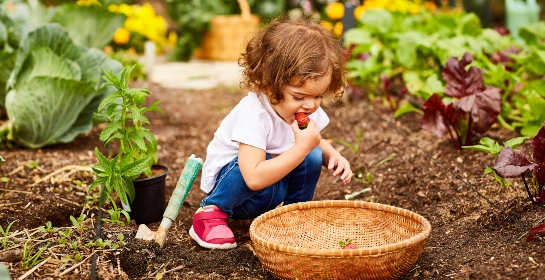Final Rule on Produce Safety offers clarity and guidance standards
The U.S. Food & Drug Administration has released its Final Rule on Produce Safety, unifying multiple prior efforts and establishing — for the first time — “science-based minimum standards for the safe growing, harvesting, packing and holding of fruits and vegetables grown for human consumption.”
If this sounds like a big deal, there’s good reason. Before now, there were many different and evolving approaches to produce safety. It’s a complicated issue with a lot of moving parts, and the rule itself reflects that: the rule went into effect on Jan. 26, 2016, but the first major compliance date for large farms (other than sprout operations) was set at Jan. 26, 2018, with routine inspections associated with the rule not kicking off until spring 2019 to allow, the agency said, “time for more guidance, training, technical assistance and planning.”
The inspections began with large farms, with annual production values of more than $500,000 in 2018, slowly stepping down until January 2020, when those with annual monetary production values of $25,000 or more will all be rolled up into compliance.
The rule sets specific requirements into place, including:
Water Quality: There are two sets of criteria for microbial water quality, both of which are based on the presence of generic E. coli, which can indicate the presence of fecal contamination.
Water Testing: The final rule bases testing frequency on the type of water source (i.e., surface or ground water).
And there are many exemptions, such as:
- Produce that is not a raw agricultural commodity in its raw or natural state, such as: asparagus; black beans, great Northern beans, kidney beans, lima beans, navy beans, and pinto beans; garden beets (roots and tops) and sugar beets; cashews; sour cherries; chickpeas; cocoa beans; coffee beans; collards; sweet corn; cranberries; dates; dill (seeds and weed); eggplants; figs; ginger; horseradish; hazelnuts; lentils; okra; peanuts; pecans; peppermint; potatoes; pumpkins; winter squash; sweet potatoes and water chestnuts
- Food grains, including barley, dent- or flint-corn, sorghum, oats, rice, rye, wheat, amaranth, quinoa, buckwheat, and oilseeds (cotton seed, flax seed, rapeseed, soybean and sunflower seed)·
- Produce that is used for personal or on-farm consumption
- Farms that have an average annual value of
- Produce sold during the previous three-year period of $25,000 or less
The Final Rule has many parts and is worthy of close scrutiny. To learn more and read its various parts, timetables and expected outcomes, visit the U.S. Food & Drug Administration’s information page here. And as always, feel free to reach out to us at Sensient, where our technologists and other experts are
happy to explain how our products and services align fully with the Final Rule and other safety rules and regulations.
